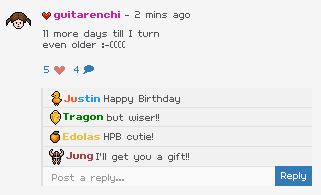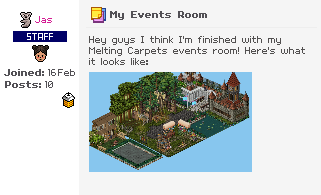How To Write Creatively In More Detail. Pt. 3
The importance of setting
A story's *setting* is the time and place of the story.
Examples of settings:
- A middle-class Cincinnati suburb (present-day)
- Paris during the French Revolution
- The magical land of Narnia
The details of your story's setting create a world where your character can move around and the conflict can unfold.
Everything your character sees and touches depends on the setting. Your character's house, the clothes she wears, the secret shortcut she takes through the woods, the rain sprinkling down on her -- all of this depends on the story's setting
How to get setting ideas
How do you choose a story's setting?
You can choose the setting because it's familiar to you, or because it's interesting, or because it adds something specific to your story's conflict.
You can also use your characters to get setting ideas. Here are some questions to help.
Character Setting Questionnaire:
- What kind of home and neighborhood did you imagine for your character?
- What are some of the items in your character's refrigerator? What's on your character's bookshelves? Is there anything under your character's bed? What's in your character's night table drawers?
- Where has your character lived in the past? What kind of environment do you think your character grew up in?
- What are your character's cultural roots?
- What kind of schools did your character attend?
- Did your character ever go to summer camp?
- What is your character's workplace like?
- If your character is married, did he or she go on a honeymoon, and where?
- If your character is married, where do his or her in-laws live? What is their home like?
- Where does your character go to relax? Where does your character go when he or she feels lonely?
- Does your character have a secret place or a place where s/he goes to escape from her/his problems?
- What's a place where your character feels extremely uncomfortable? A place where your character behaves badly?
- What's a place your character has always wanted to visit? Would this place meet your character's expectations?
The answers to many of these questions can give you ideas for new story conflicts! A setting idea can become a story idea when it creates a problem of some kind for your character.
You can even leave "booby traps" in your setting and see if they turn into new story ideas. For example, if you set your story about a camping trip in a swamp where alligators live, maybe one of those alligators will creep up to your character's tent and create a story conflict. Or if you set your story in a hunting lodge with a cabinet full of guns in the bar, maybe someone will produce a story conflict by getting drunk and then picking up a gun.
How to describe your setting
You can make your setting come alive for the reader by including details that capture its special flavor. What sights, sounds, smells, sensations are typical of your setting or unique to it?
You don't have to list all of these details together in a block of "description." Weave setting details throughout your story, using them where they fit naturally without interrupting the story's flow.
How to find details for your setting:
- Observation. If your setting is someplace you know well or someplace you can visit, record details in your Idea Journal so that you use them later.
- Books and articles about that time/place.
- Interviews with people from that time/place - either interviews you do yourself, or published interviews.
- Published journals and letters by people from that time/place. Related biographies.
- Magazines and newspapers from that time/place.
- Photos, movies, documentaries.



